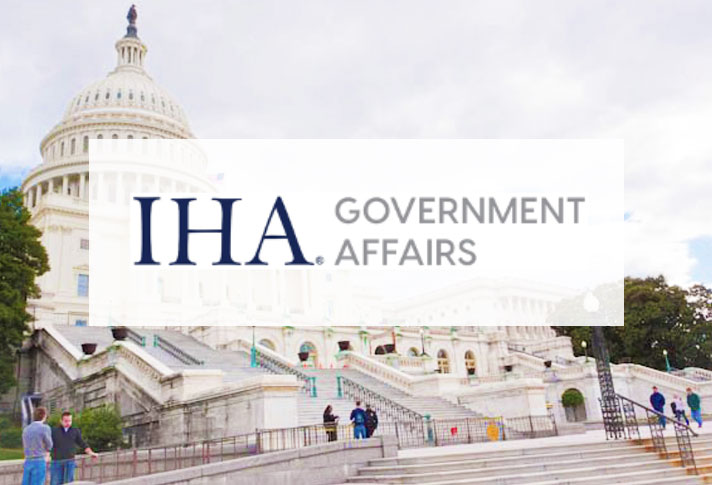On April 6, President Biden issued the Executive Order (EO) “Modernizing Regulatory Review” that will change the process by which federal agencies such as the U.S. Environmental Protection Agency and Departments of Transportation and Labor promulgate their regulations. The White House says these changes will improve the process, but administrative law experts believe the new formula will erode cost-benefit analysis requirements for regulatory impacts.
Issues with the EO start with its revised definition of what’s considered a “significant” regulation. Instead of a regulation being deemed “significant” if estimated to cost $100 million annually, triggering greater scrutiny of its economic assumptions, the EO’s threshold will now be $200 million so fewer regulations will have to be routed through the Office of Management and Budget’s Office of Information and Regulatory Affairs (OIRA) for review.
Furthermore, the EO encourages agencies to consider subjective, non-quantifiable factors such as “equity” and “dignity” when choosing between regulatory alternatives, and it changes accounting measures to inflate benefits by placing greater weight on those that might occur in the distant future. As a result, the EO’s changes to analyzing the costs and benefits of rulemakings will inevitably favor more regulations.
Per the U.S. Chamber of Commerce, “The Biden Administration’s proposed changes to the review process will fundamentally undermine the concept of cost-benefit analysis, allowing the Administration to hide the true costs of its aggressive regulatory agenda. The changes are expected to have profound effects on agency decision-making applied across the economy, from energy and manufacturing, to health, technology, and labor to name a few areas.”
How this will alter agency accountability is demonstrated using the Dept. of Labor’s proposed rule to redefine “Independent Contractors.” This rule could disrupt over 20 million small businesses, but under the Administration’s regulatory changes it would not be deemed “significant” to warrant cost-benefit analysis. In addition, trade associations would face new limits on their ability to meet with the White House on sector-wide impacts for this and other major regulatory proposals.
As such, the EO makes it likely that a growing number of regulations will be coming and with less transparency. But Congress can’t do much for now and business groups are hesitant to go to court due to White House prerogatives in this area.
However, administrative law experts think once a regulation is actually issued using the EO’s new system-level changes, a legal challenge based on its inadequate cost-benefit analysis and non-quantifiable benefits might have standing. Also, Congress could be expected to engage in agency oversight hearings and perhaps attempt to use agency appropriations bills to prohibit the use of funds to implement the EO.



